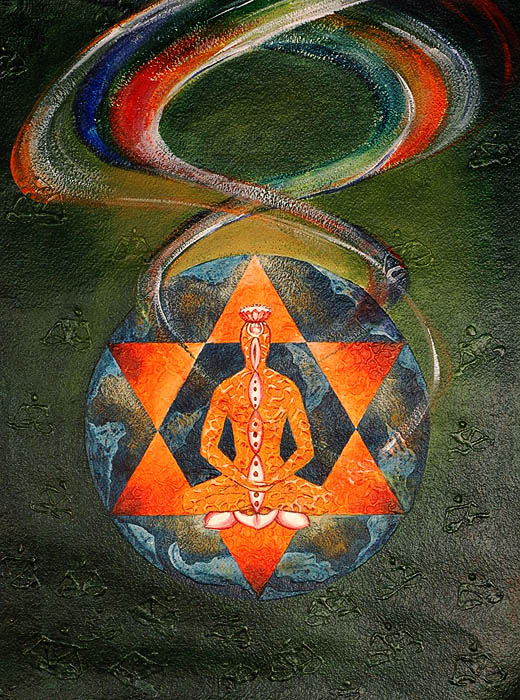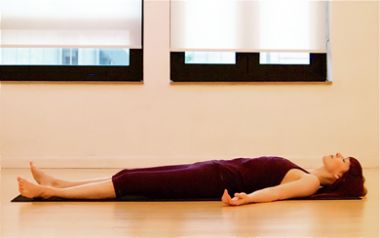Posted by Carolina on September 16, 2014
Want to Brush up on Your Yoga Knowledge? 5 Questions & Answers about Yoga You Always Wanted to Know Below!
1. I’ve heard quite a few yogis identify as vegetarian or vegan, and I’m wondering if there’s a specific reason why?

While we can’t speak for everyone, the answer is generally that when it comes to yogis, there are a couple of yogi-specific reasons. One is a reason similar to why many vegetarians and vegans don’t eat meat, which is non-violence, referred to as “Ahimsa” in the yoga world. Another main reason is because meat doesn’t contain “Pranic Value”, otherwise known as life force. One goal of yoga is to increase your Prana (life force) in not only your practice, but in all aspects of your life, which for some yogis means they would rather pass on that roast chicken or hamburger.
2. I’m new to yoga, and in class I’ve heard the word “nadi” referred to a couple of times. I’m not sure what it means, and I’m interested to find out!

Nadi refers to an “energy channel”, of which there are (as recorded in many Tantric texts) 72,000 in the body. The main three utilized in yoga are: Susumna (the spinal column), as well as Ida and Pingala (both of which criss cross up the spine). The point they all converge is referred to as the “Ajna Chakra”, which is located between the eyebrows. Want to find out more about the Ajna Chakra? Check out Q&A number 5 below!
3. Sometimes when I’m in class my yoga teacher will adjust my posture during a position. While helpful, sometimes I feel like I was already doing the posture correctly and didn’t need any adjustment or help holding it. Are there really benefits to yoga teachers doing this?

While you may feel like you were doing the pose correctly, your teacher is able to accurately view how the posture is held while you’re doing it and knows the correct way to hold and practice it, which in turn is going to be the most beneficial for you.
When your teacher helps you through a pose the correct way, your muscles’ memory will adjust and help to create and keep that memory of an accurately done pose during future use, further increasing your abilities and skills in yoga.
4. Savasana is often a calming and positive way to end a class for me, but sometimes it’s difficult to just lie there and relax! I’d like to know if there’s a back story to Savasana, and how it came into being.

As many people and all yogis know, Savasana, also referred to as “Corpse Pose”, is done at the end of class as a way to relax and find your center. What some yogis are surprised by though is that it’s sometimes a very difficult pose for people to perform. It requires a high level of calmness and surrender (similar to mediation), which can be difficult to be comfortable in with the busy nature of our daily lives. It’s worth it to try and get comfortable though, because not only can Savasana be relaxing, it also creates an “anabolic state”, which is a physiological reaction that causes the body to heal and grow new tissue – perfect for the end of not only a yoga class, but also other forms of exercise such as a jog or bike ride.
5. I’m a bit familiar with the term “chakra”, but still somewhat unclear about what a chakra actually is and how many there are. Can you help me out?
In Hinduism and many yogic traditions, energy centers, or chakras, are points in our spiritual or subtle (i.e. non-physical) body that are energy points for the corresponding area. Our naddis (referred to earlier in this post) are thought of as the kind of “road” through which this energy travels by, with the chakras serving as a meeting point of that concentrated energy. To find out more specific information about each of the eight chakras, take a look at the information in the picture above!
Want the perfect props to go with your practice? Come visit us at BarefootYoga.com today!
Posted under Health and Fitness, Styles of Yoga
